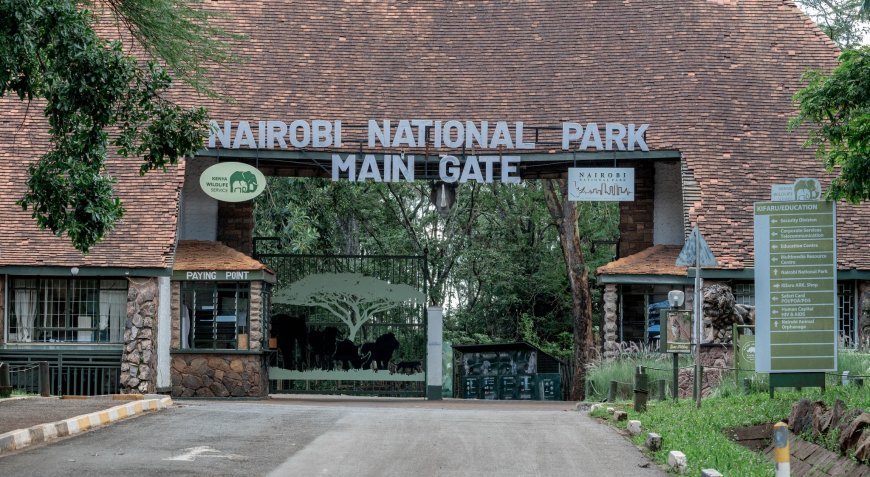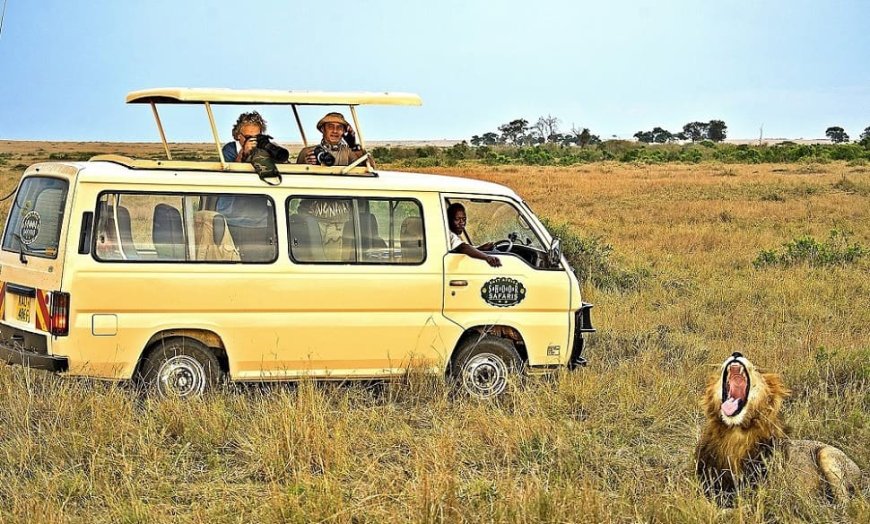How Much KWS Wants To Charge For Entry To Nairobi, Amboseli, Tsavo Parks
Key attractions such as Nairobi National Park, Amboseli, Tsavo East, Tsavo West, Mount Kenya National Park, and marine parks like Malindi and Kisite Mpunguti will be affected.

The Kenya Wildlife Service (KWS) has unveiled a proposal to revise park entry fees for citizens, residents, and foreign tourists—the first such adjustment in 18 years—in a bid to boost conservation funding.
Outlined in the draft Wildlife Conservation and Management (Access and Conservation) (Fees) Regulations, 2025, the new charges will apply to national parks, reserves, sanctuaries, and marine parks nationwide. Rates will vary between the high season (July to March) and the low season (April to June), with different tariffs for citizens, residents, and non-residents.
Key attractions such as Nairobi National Park, Amboseli, Tsavo East, Tsavo West, Mount Kenya National Park, and marine parks like Malindi and Kisite Mpunguti will be affected.
For Amboseli and Lake Nakuru National Parks, admission fees for adult residents and East African Community nationals are set to rise by 74.4 per cent—from Ksh860 to Ksh1,500.

Tourists during a game drive at Maasai Mara. /MAASAI MARA NATIONAL RESERVE
Tsavo East and Tsavo West will see charges increase from Ksh515 to Ksh1,000, while entry to Nairobi National Park will cost adult citizens Ksh1,000 during high season and Ksh600 in low season. Non-residents will pay Ksh7,500 and Ksh5,000 respectively.
Meru, Kora, and Aberdare National Parks will charge locals Ksh800, while foreigners will pay between Ksh5,169 and Ksh9,046.10.
Hell’s Gate, Mt. Longonot, and Lake Elementaita Wildlife Sanctuary will charge locals Ksh500 and foreign visitors between Ksh2,584 and Ksh6,461.
The proposal introduces a new pricing bracket for children aged 5–17 years, exempts seniors over 70 and persons with disabilities from entry fees, and offers annual passes—Ksh45,000 for adults, Ksh10,400 for children, Ksh130,000 for families (two adults and up to five children), and Ksh6,000 for tour drivers.
Discounted rates are proposed for conferences, professional groups, and educational visits. Additional charges are also planned for water sports, and increased daily rates for vehicles, motorcycles, aircraft, helicopters, boats, and drones within public parks.
KWS says the fee adjustments are necessary to address inflation, rising operational costs, and the urgent need for sustainable conservation funding.
They aim to align Kenya’s park fees with international benchmarks, noting that countries like Tanzania and South Africa have already revised their rates.
Proceeds from the higher fees will be reinvested into park infrastructure, community conservation projects, and anti-poaching efforts to protect endangered species while enhancing visitor experiences.
Tourism stakeholders have long argued that the current charges are outdated and insufficient to meet conservation demands.
KWS states that the proposal is based on consultations with county governments, conservation bodies, and tour operators. The new fee structure is intended to strike a balance between raising funds for wildlife protection and keeping parks affordable for Kenyan citizens.
Public participation on the proposal is ongoing, with KWS inviting written feedback from individuals and organisations.
If adopted, the revised charges will take effect in January 2026, affecting both local and international visitors to Kenya’s protected areas.







